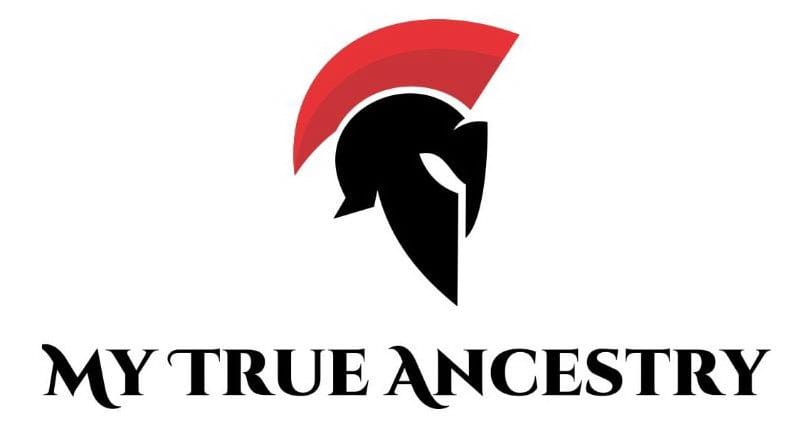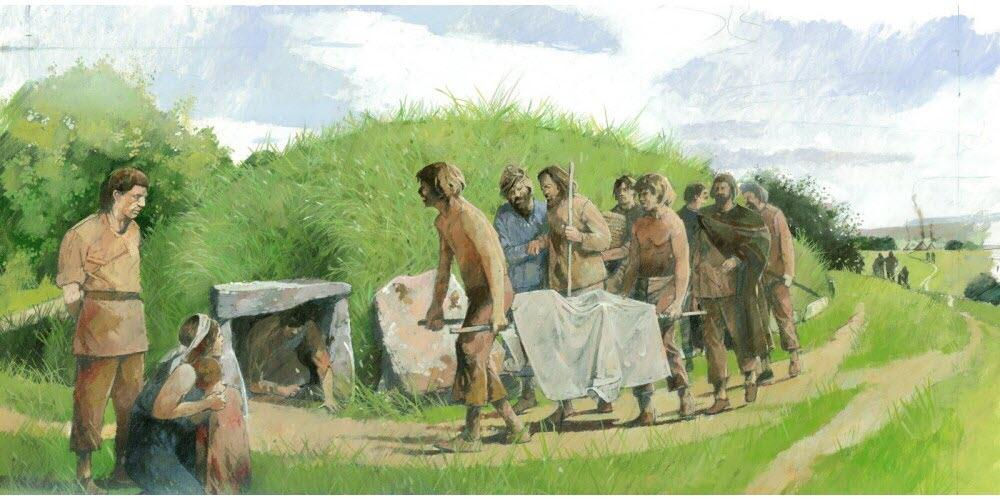Unveiling Ancient Rituals: Neolithic Burials in Southern France




The archaeological site of Aven de la Boucle, a karst shaft near Corconne, Gard in Southern France, unveils revealing insights into Neolithic burial customs. Used as a collective burial ground from 3,600 to 2,800 BCE, this site encompasses the remains of approximately 75 individuals, primarily adults, showcasing intriguing social dynamics and burials over generations. This natural limestone cavity served as a sacred resting place during a transformative period that bridges the gap between the Chasséen culture and the Ferrières culture, offering us a captivating window into ancient European society.
Aven de la Boucle stands as more than just an archaeological curiosity; it represents a profound testament to how Neolithic communities structured death, honor, and remembrance. This karst shaft, hidden in the landscapes of modern-day Southern France, witnessed continuous funerary depositions over eight centuries. The discovery of commingled human remains within its depths speaks to a practice of collective burial that transcended individual deaths, creating a communal space where generations of a close-knit community found their final rest.
The site's strategic location and natural formation made it an ideal choice for these ancient peoples. The cave setting provided both practical and symbolic advantages - offering protection for the deceased while creating a liminal space between the world of the living and the realm of the dead. Archaeological excavations have revealed distinct stratigraphic layers, each telling its own story of cultural evolution and continuity.
Through cutting-edge genomic analysis of 37 individuals combined with archaeological insights and Bayesian radiocarbon dating models, researchers have painted a vivid picture of this ancient community. The DNA extracted from these remains reveals fascinating details about social organization, family structures, and cultural practices that would otherwise remain lost to time. This interdisciplinary approach has allowed archaeologists to move beyond simple material culture analysis to understand the human stories behind the artifacts.
The genetic findings highlight a remarkable complexity in funerary practices, with evidence pointing to carefully structured burial selections. The genomic data reveals not only biological relationships between individuals but also broader patterns of ancestry that connect these people to the wider Neolithic networks extending throughout Western Europe. These connections paint Southern France as a dynamic hub of interaction and cultural exchange during this pivotal period in human history.
One of the most striking discoveries at Aven de la Boucle is the significant gender bias in burial practices. The assemblage shows an overwhelming presence of male individuals, comprising 76% of those studied, suggesting a strong sex-biased selection process. This male predominance among the interred individuals indicates that burial in this sacred space may have been determined by lineage, social status, or specific cultural roles passed down through patrilineal lines.
The genetic analysis reveals that many male individuals carried the G2a2 Y haplogroup, implying the significance of male lineage within this community structure. This pattern reflects broader trends observed in other nearby Neolithic sites, such as the cave of Les Treilles, suggesting regional consistency in patrilineal social organization. However, the presence of certain female individuals within the burial assemblage hints at complex social dynamics, possibly involving marital alliances, symbolic roles, or exceptional social status that transcended typical gender restrictions.
Among the fascinating individual cases discovered is a person with an extra Y chromosome, presenting the rare 47, XYY syndrome. This genetic anomaly raises intriguing questions about how such individuals might have been perceived and treated within their ancient society, potentially holding unique social significance or roles within the community structure.
The genetic relationships among the buried individuals reinforce the concept of Aven de la Boucle as a burial ground for a close-knit community bound by blood ties and shared identity. Genomic analysis has revealed 16 pairs of individuals related as first, second, and third-degree kin, illuminating a socially complex society where familial networks significantly influenced burial practices and social organization.
These kinship ties suggest that access to burial within the cave was likely restricted to members of specific family groups or lineages, creating an exclusive necropolis that served multiple generations. The continuity of burial practices over centuries indicates that knowledge of family connections and burial rights was carefully maintained and transmitted through oral traditions or other cultural mechanisms.
The presence of various mitochondrial haplogroups, including H, K, and U, reflects diverse maternal ancestries that trace back to both the first European farmers and earlier hunter-gatherer populations. This genetic diversity suggests that while patrilineal descent may have determined burial access, the community was not isolated and incorporated individuals from various ancestral backgrounds through marriage and social alliances.
Despite significant cultural transitions occurring during the site's period of use, the burial practices at Aven de la Boucle demonstrate remarkable continuity. The site bridges the transition from the Final Chasséen culture to the emergence of the Ferrières culture, yet genetic data suggests uninterrupted use by communities with strong biological ties. This continuity speaks to the enduring nature of family traditions and the importance of ancestral connections in maintaining social cohesion during periods of cultural change.
Archaeological evidence shows evolving ceramic styles and grave goods that reflect broader cultural transformations occurring throughout the region. However, the core burial practices and the genetic profile of those interred remained consistent, suggesting that while material culture adapted to changing fashions and influences, fundamental social structures and family-based burial rights persisted unchanged.
The artifacts found alongside skeletal remains provide tangible evidence of this cultural evolution while maintaining traditional burial customs. Ceramic shards show stylistic changes that correspond to broader regional developments, yet their presence as grave goods indicates continued adherence to established funerary rituals that honored the deceased and maintained connections between the living and the dead.
The genomic profiles of individuals from Aven de la Boucle situate them firmly within the broader Neolithic tapestry of Western Europe while revealing distinct characteristics that invite questions about mobility, trade, and cultural exchange. Notably, two individuals cluster more closely with Bell Beaker culture populations, painting a rich picture of cultural integration and movement across the ancient European landscape.
These genetic outliers suggest that the community was not isolated but maintained connections with distant groups through trade, marriage, or migration. The presence of individuals with R1b1b haplogroups, for instance, points to ancestral narratives that stretch across Europe, connecting the cave's inhabitants to broader continental networks of related populations.
The diversity of genetic markers found at the site reflects the dynamic nature of Neolithic Europe, where communities maintained local traditions while participating in wider networks of cultural and genetic exchange. This balance between local identity and broader connections characterizes much of Neolithic European society and helps explain the rapid spread of technological innovations and cultural practices during this period.
The excavation of Aven de la Boucle employed sophisticated archaeological techniques to maximize the information recovered from this complex site. Careful stratigraphic analysis allowed researchers to understand the sequence of burials and cultural deposits, while advanced dating methods provided precise chronological frameworks for understanding the site's use over time.
The commingled nature of the skeletal remains presented unique challenges for archaeologists, requiring innovative approaches to identify individual burials and reconstruct demographic patterns. Despite these challenges, the research team successfully extracted usable DNA from numerous individuals, providing unprecedented insights into the genetic structure of this ancient community.
The integration of archaeological, genetic, and chronological data represents a model for modern interdisciplinary research, demonstrating how multiple lines of evidence can be combined to create comprehensive pictures of ancient societies. This approach has revealed details about Neolithic life that would be impossible to discern through traditional archaeological methods alone.
The discoveries at Aven de la Boucle have significant implications for our understanding of Neolithic social organization, challenging previous assumptions about egalitarian prehistoric societies. The evidence for sex-biased burial practices, lineage-based access to sacred spaces, and maintained family networks over centuries suggests more complex social hierarchies than previously recognized.

Comments